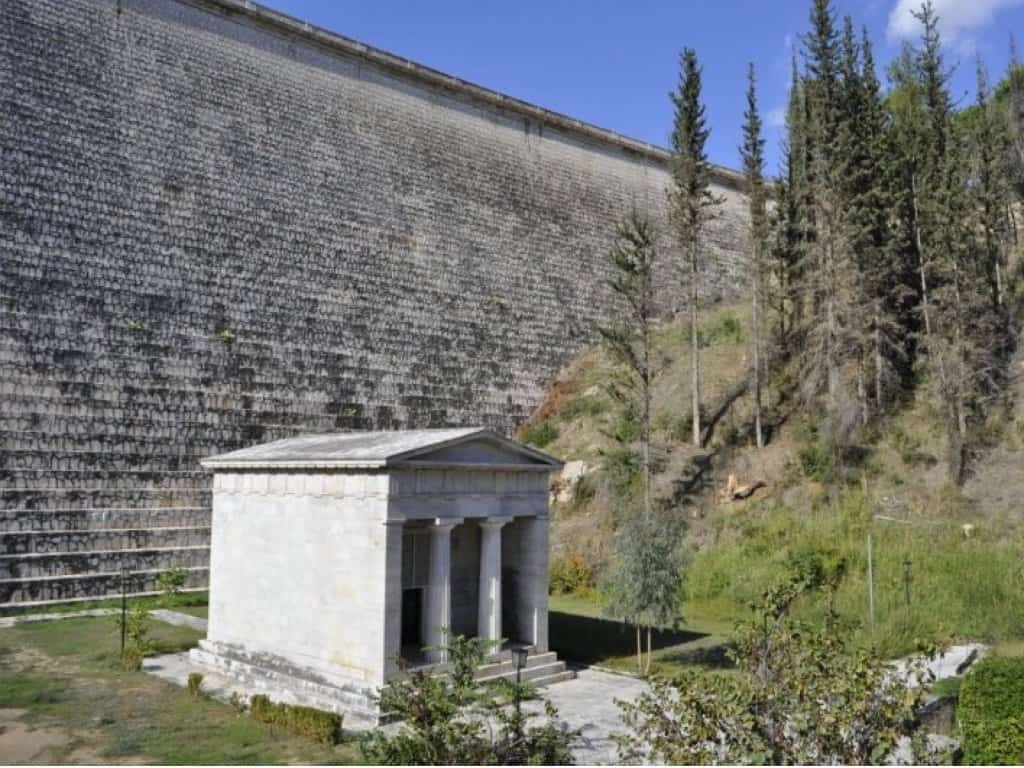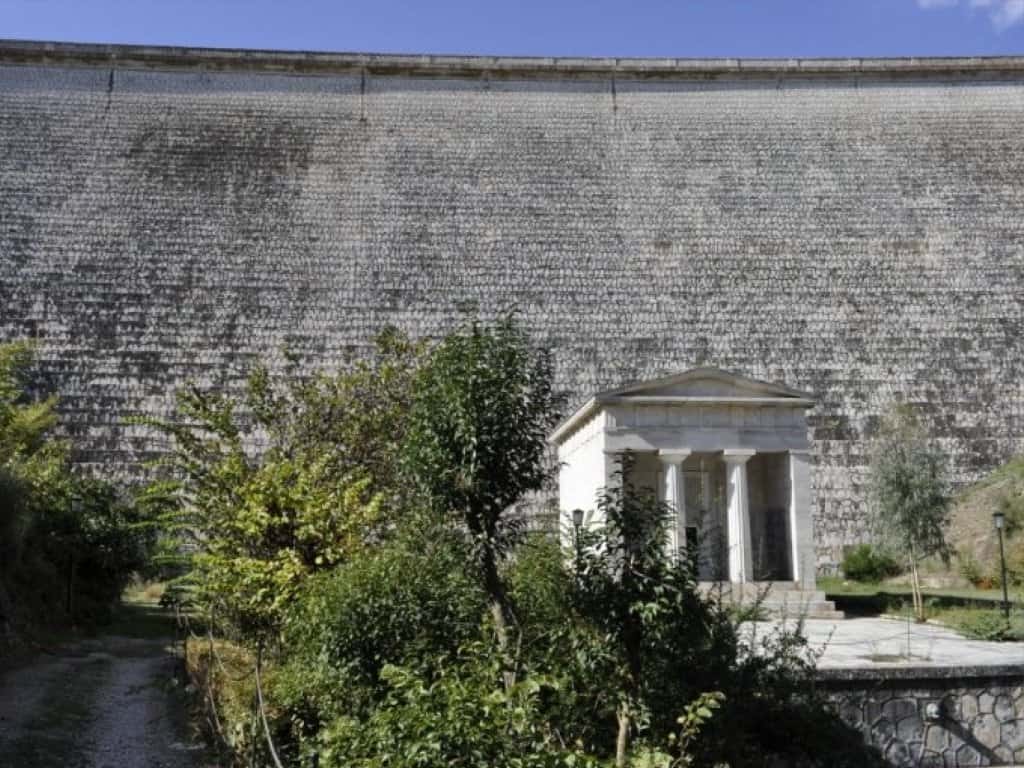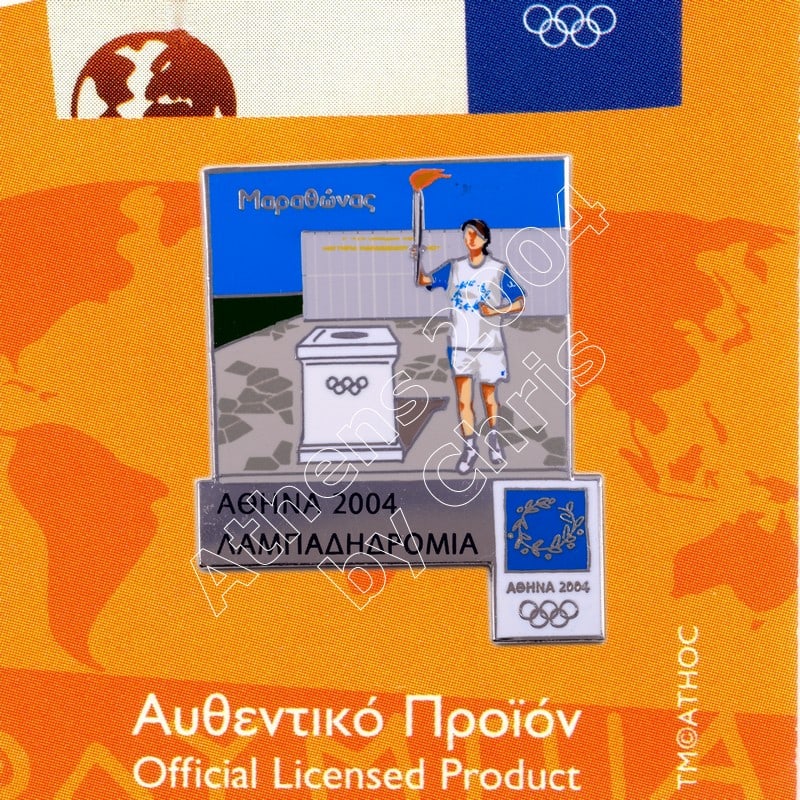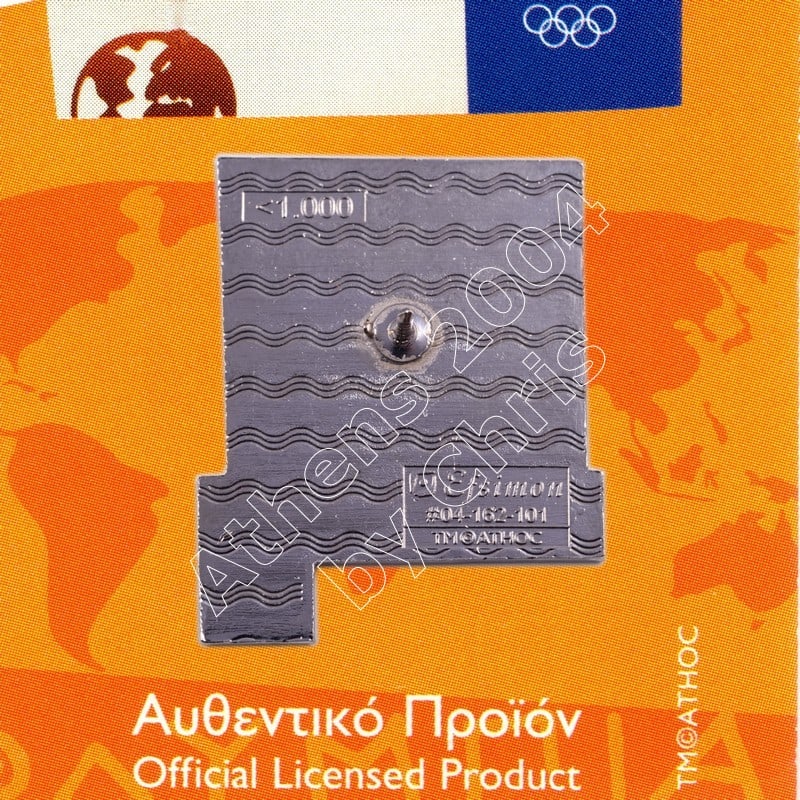Description
Marathonas – Torch Relay Greek Route
Athens 2004 Olympic Games Pin
The Olympic Flame past from Greek City, Marathonas.
The 2004 Summer Olympics Torch Relay took the Olympic Flame across every habitable continent, returning to Athens, Greece. Every citywhich had hosted the Summer Olympics was revisited by the torch, as well as several other cities chosen for their international importance.
The relay was the first time the Olympic flame had travelled to Africa, India and South America. The flame was transported from country to country aboard a specially-equipped Boeing 747 leased from Atlanta Icelandic (Registration TF-ARO) called Zeus. On board the flame was carried and burned continuously in specially modified miners lamps.
Marathonas is a town in Greece, the site of the battle of Marathon in 490 BC, in which the heavily outnumbered Athenian army defeated the Persians. The tumulus or burial mound (Greek Τύμβος, tymbos, tomb) of the 192 Athenian dead, also called the “Soros,” which was erected near the battlefield, remains a feature of the coastal plain. The Tymbos is now marked by a marble memorial stele and surrounded by a small park.
The name “Marathon” (Μαραθών) comes from the herb fennel, called marathon (μάραθον) or marathos (μάραθος) in Ancient Greek, so Marathon literally means “a place full of fennels”. It is believed that the town was originally named so because of an abundance of fennel plants in the area.
The burial mound of the Plataeans, fallen at the Battle of Marathon
After Miltiades (the general of the Greek forces) defeated Darius’ Persian forces, the Persians decided to sail from Marathon to Athens in order to sack the unprotected city. Miltiades ordered all his hoplite forces to march “double time” back to Athens, so that by the time Darius’ troops arrived they saw the same Greek force waiting for them.
The name of the athletic long-distance endurance race, the “marathon”, comes from the legend of Pheidippides, a Greek soldier and runner who was sent from Marathon to Athens to announce that the Persians had been defeated in the Battle of Marathon.
Although the name Marathon had a positive resonance in Europe in the nineteenth century, for some time that was sullied by the Dilessi murders, which happened nearby in 1870.
In the 19th century and at the beginning of the 20th century the village was inhabited by an Arvanite population emigrated from Epirus.
The sophist and magnate Herodes Atticus was born in Marathon. In 1926, the American company ULEN began construction on the Marathon Dam in a valley above Marathon, in order to ensure water supply for Athens. It was completed in 1929. About 10 km² of forested land were flooded to form Lake Marathon.
The beach of Schinias is located southeast of the town and it is a popular windsurfing spot and the Olympic Rowing Center for the 2004 Summer Olympics is also located there. At the 1896 and 2004 Summer Olympics, Marathon was the starting point of the marathon races (for both women and men in 2004). The area is susceptible to flash flooding, because of forest fires having denuded parts of the eastern slopes of Mount Penteli especially in 2006.
The pin depicts the Torchbearer passing from a monument of Marathonas city
Product: Olympic Pin
Pin code: #04-162-101
Tiraz: <1.000pcs
Official Licensed Product
Licensed Manufacturer: Efsimon Collection







Reviews
There are no reviews yet.